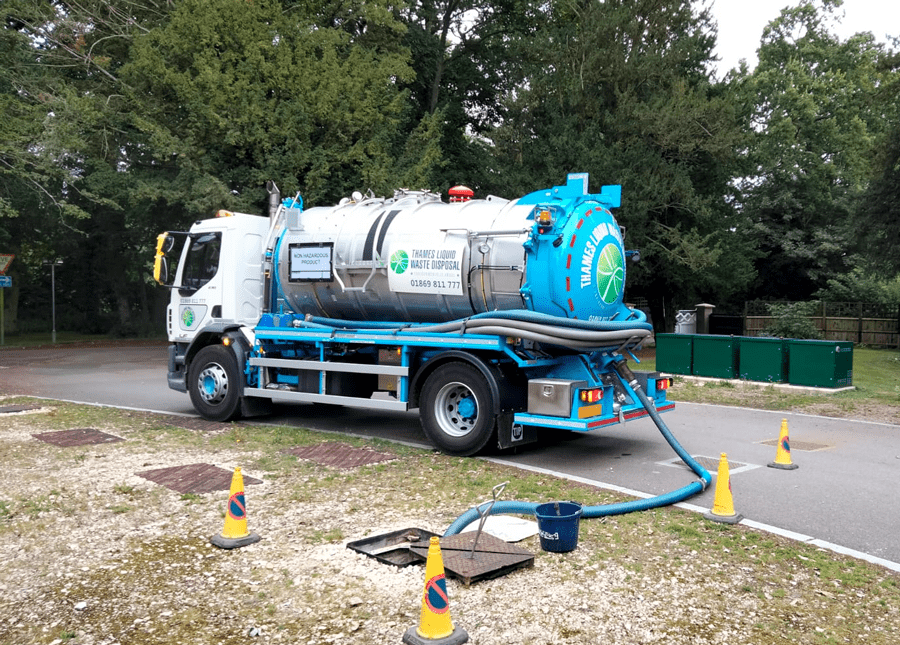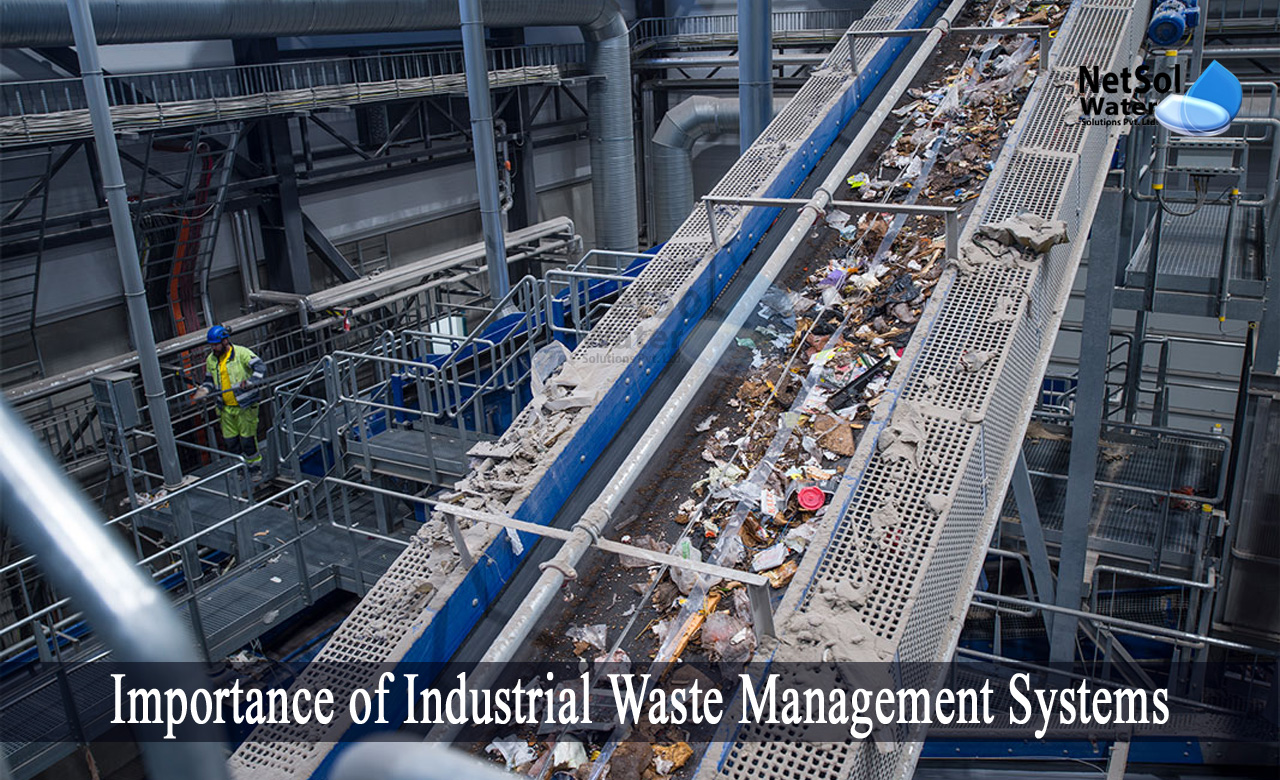Some Ideas on Reclaim Waste You Need To Know
Some Ideas on Reclaim Waste You Need To Know
Blog Article
Get This Report about Reclaim Waste
Table of ContentsThe Single Strategy To Use For Reclaim WasteReclaim Waste Can Be Fun For EveryoneReclaim Waste Fundamentals ExplainedNot known Details About Reclaim Waste Not known Details About Reclaim Waste
Explore the types, events, and types of liquid waste. Residential sewage waste refers to the waste and items from a household septic storage tank. This kind of waste is developed by people in residences, institutions, and other structures. This only includes septic systems that have a drain area. The proper monitoring and disposal of domestic sewer waste require fluid waste to be moved to a sewage therapy plant where the proper approaches and equipment are put on purify and dispose of waste.
Business waste often includes possible threats, such as flammable products or a combination of liquid and solid waste products, and needs an advanced and in-depth disposal procedure. The disposal of business waste generally includes the purification of waste prior to transport to make certain safe and appropriate disposal. Industrial waste is produced from results and drainage of commercial processes and production.
This kind of waste can not utilize the exact same sewer monitoring transport or procedures as septic or commercial liquids. The industrial waste management process needs the assessment and screening of fluid waste prior to it goes through the disposal procedure (industrial wastewater treatment). Drainage waste is the fluid waste that originates from drainage and excess stormwater in very booming locations or cities
Overflow waste can cause contamination and flooding if not handled correctly. Guaranteeing proper waste management can avoid catastrophes and reduce environmental harm.
The Greatest Guide To Reclaim Waste
Call PROS Solutions today to learn more about our waste monitoring and disposal solutions and the proper ways to look after the liquid waste you generate.
(https://writeablog.net/reclaimwaste1/reclaiming-resources-a-comprehensive-guide-to-industrial-wastewater-treatment)This supposed 'wastewater' is not only a crucial resource however, after treatment, will be launched to our land, waterways or the sea. Used water from commodes, showers, baths, kitchen area sinks, washings and industrial procedures is recognized as wastewater.

water utilized to cool down machinery or tidy plant and tools). Stormwater, a type of wastewater, is drainage that flows from farming and city areas such as roof coverings, parks, gardens, roads, courses and rain gutters right into stormwater drains, after rain. Stormwater streams neglected straight to neighborhood creeks or rivers, eventually getting to the sea.
Fascination About Reclaim Waste
In Queensland, many wastewater is treated at sewage treatment plants. Wastewater is moved from residential or commercial websites via a system of sewage systems and pump terminals, known as sewerage reticulation, to a sewage treatment plant. Local governments develop, preserve and operate most sewage treatment plants. Operators are licensed under the Environmental Management Act 1994 to discharge treated wastewater at an acceptable environmental standard into waterways.
The Department of Natural Resources advises neighborhood federal governments concerning handling, operating and preserving sewerage systems and treatment plants. In unsewered locations, city governments may require householders to install specific or family sewage treatment systems to deal with residential wastewater from bathrooms, kitchen areas, restrooms and laundries. The Department of Natural Resources authorises making use of house systems when they are verified to be efficient.
Most stormwater obtains no therapy. In some new communities, therapy of some stormwater to remove clutter, sand and gravel has started using gross toxin traps. Wastewater therapy happens in four phases: Eliminates strong matter. Bigger solids, such as plastics and other things incorrectly discharged to sewage systems, are removed when wastewater is travelled through displays.
Utilizes little living microorganisms knows as micro-organisms to break down and eliminate continuing to be dissolved wastes and fine bits. Micro-organisms and wastes are integrated in the sludge.
The Single Strategy To Use For Reclaim Waste
Nutrient removal is not available in any way sewer therapy plants because it requires costly specialist devices. It is ending up being extra common in Queensland. Clear fluid effluent generated after therapy might still contain disease-causing micro-organisms. If this effluent is released right into rivers such as rivers or the sea, the micro-organisms will at some point pass away out.

This generally suggests wastewater has actually to be treated or go right here contaminants gotten rid of before it can be discharged to rivers. A lot of wastewater flows right into the sewerage system. Under the Act, local federal governments provide approvals and permits for ecologically relevant tasks (Ages) entailing wastewater launches that might have a neighborhood effect. The department provides approvals and permits to ERAs entailing wastewater releases that could have a regional or statewide influence.
Indicators on Reclaim Waste You Need To Know
Or else, samples are taken for lab evaluation. Frequently lots of examinations are required to establish the levels of each of the different contaminants such as oils, hefty steels and chemicals in water. Monitoring offers accurate info concerning water top quality and can validate that licence conditions are being met. The info acquired via surveillance provides the basis for making water quality decisions.
Report this page